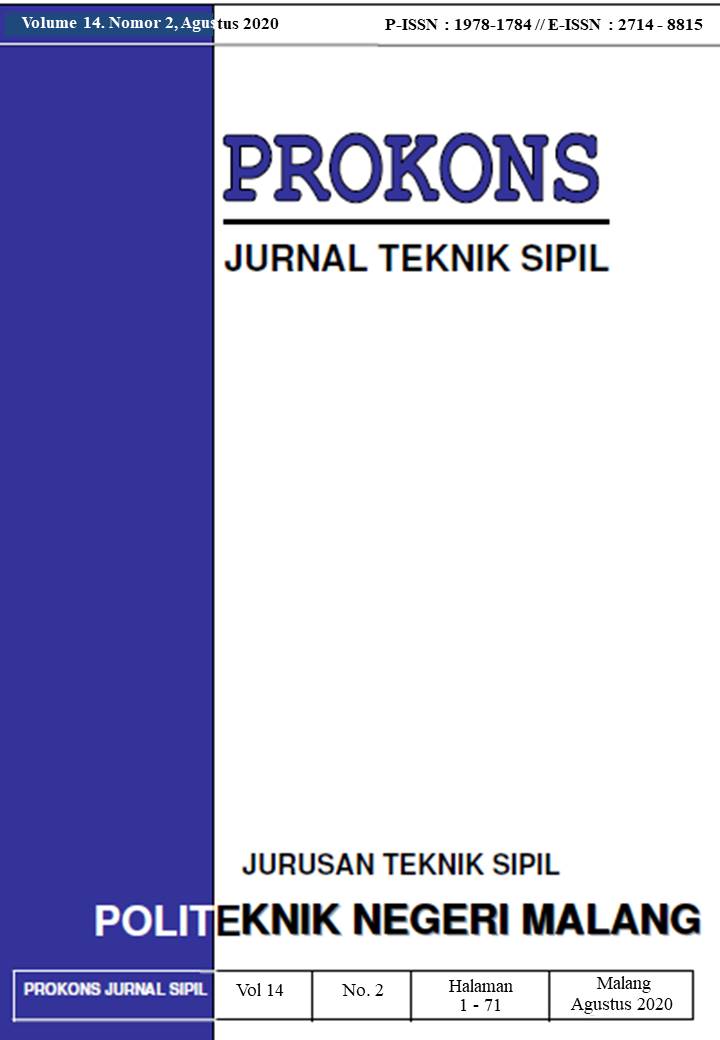SIMULASI POLA OPERASI EMBUNG SERBAGUNA TAMBAKSARI KABUPATEN CILACAP DENGAN METODE STANDARD OPERATING RULE (SOR)
Keywords:
discharge, retention basin operation simulation, SORAbstract
Human survival depends on water availability as water is a basic needs. As population increases, water becomes more limited. One of the ways to prevent draught is collecting water in retention basin. Tambaksari Multipurpose Retention Basin serves to provide basic water demand and irrigation water for the local community. Water availability and water demand should be equal, so a simulation of the operating patter of the retention basin is necessary to distribute water equally and determining the failure level of the retention basin in performing its task. In the present study, the retention basin operating pattern was simulated using Standard Operating Rule (SOR) method. The present study used secondary data, including population data, rainfall data, climatological data and technical data of the retention basin. The size of DAS Tambaksari is 0.41 km² while the size of the irrigated land is 12 Ha. The rainfall data was from 2008-2018 obtained from two rain stations, population data of Tambaksari Village was from 2008-2019, and the climatological data was from 2014-2019. The simulation result of the retention basin operating pattern using SOR method showed that the final collection wasn’t under minimum collection and failure happened in the operation of the retention basin for one year. . The optimal ability of the target release is 70.83% for the reliability of irrigation needs and the level of reliability for raw water needs of 58.33%. Population projection analysis to determine the population in 20 years showed that the future population of 4044 required 3.861 l/person/s of water. Irrigation demands for rice-rice-palawija planting pattern showed that irrigation intake was 11.89 l/s. Water balance determined the balance between inflow and outflow. The value for average water availability was 0.021 m³/s while total average water demand was 0.016 m³/s. therefore, the water availability in partial intake wasn’t able to meet the irrigation and basic water demands.









